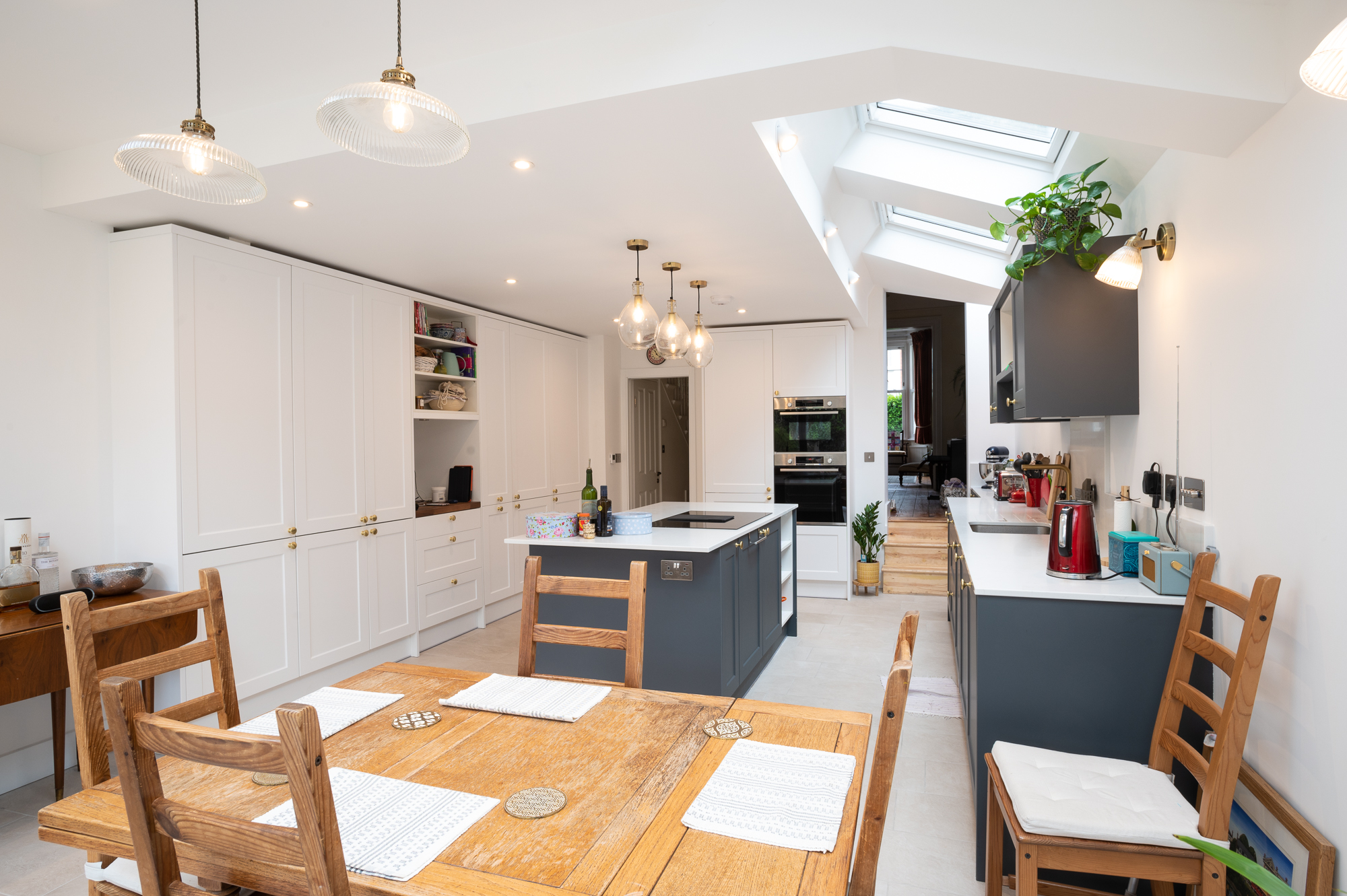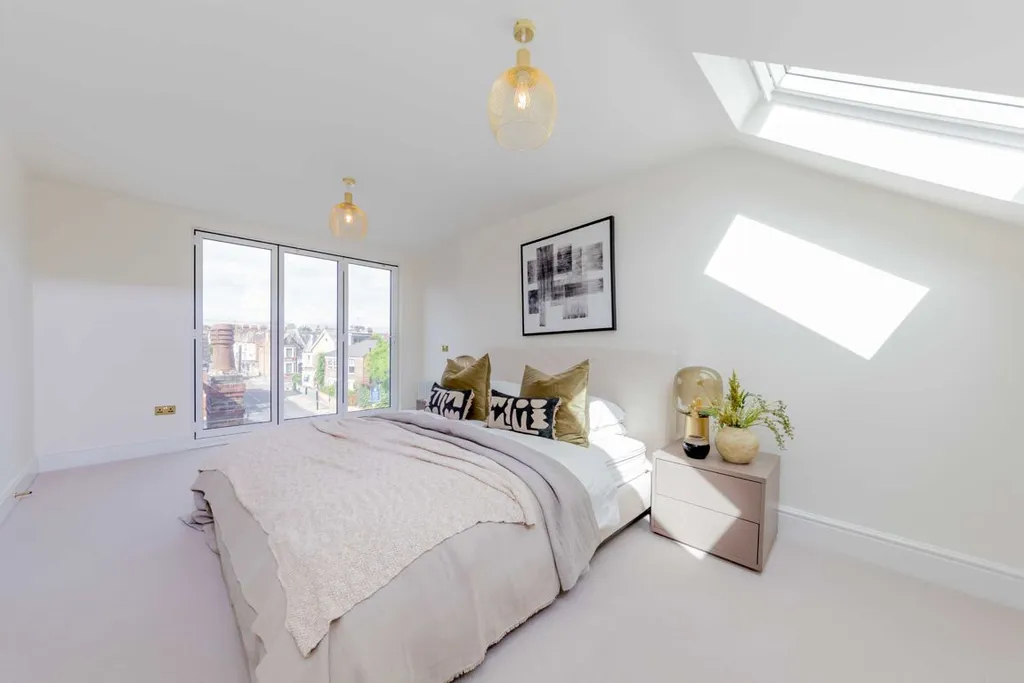The term Permitted Development frequently crops up in extension and loft conversion guidelines. And, if you have never undertaken a home improvement project, chances are you do not know it firsthand. Even if you have had carried out construction work on your property, you might not have been entirely sure of what this law entails. Or, you could have even had to face demolition orders for your lack of understanding of this key term. Whatever the circumstances are, we are clarifying this essential planning permission rule called Permitted Development Rights.
What is Permitted Development?
The Town and Country Planning (General Permitted Development) (England) Order 2015 is part of a policy objective to consolidate a range of statutory instruments related to town and country planning in England. It grants planning permission for various minor developments, subject to certain limitations and conditions. Permitted Development (PD) rights allow homeowners to undertake building work on their property without the need for planning permission. In some cases, the PD right is subject to “prior approval” from the local planning authority.
Do I have Permitted Development Rights?
To be definitive of your PD rights, you can obtain a Lawful Development Certificate. You can apply for an LDC on the Planning Portal. The application must provide sufficient information about the development you intend to carry out on your property. Professional advice can help your application successful. Contact your local planning authority, and a planning officer will guide you on what information you need to include in your application.
Your PD rights for enlargement, improvement, or alterations of a property sustain as long as;
- Extensions (including previous ones) only cover 50% of the area around the original house.
- The height of the extensions does not exceed at original eaves and the highest part of the original roof.
- When the extension comes within 2m of the boundary, the height at the eaves does not exceed 3m.
- The extension is built forward of the principal elevation, or where it fronts a highway, the side elevation.
- Materials used for the extension must be similar in appearance to the materials of the existing house.
- A single-storey extension is no higher than 4m.
- The eaves and ridge of the extension are lower than the existing ones.
- The roof pitch is similar to the existing one.
- Double-storey extensions do not extend beyond the back wall of the original house by more than 3m or be within 7m of a boundary opposite the rear wall.
- Upper-storey windows of a two-storey extension in the side elevation are obscure-glazed and non-opening. If openable, it should be 1.7m above the floor.
Additions or alterations to the roof that enlarge the house, the following PD conditions apply;
- The additional roof space for a terraced house does not exceed 40 cubic metres, and for detached and semi-detached houses, it does not exceed 50 cubic metres.
- Materials used are similar to the rest of the house.
- The conversion is not higher than the highest part of the roof.
- On the principal elevation where it fronts a highway, the structure does not extend beyond the existing roof slope.
- Roof extensions, except Hip to Gable extensions, are set back far as possible, at least 20cms from the eaves, measured along the roof plane from the outside edge of the eaves.
- The loft conversion does not overhang the outer face of the wall of the original house
- The existing house has had no additional storeys added to it under permitted development.
- If a protected species is occupying your loft, such as bats, you have obtained a mitigation license after a bat survey.
You can build additional storeys under PD rights if the current house;
- Is not a building housing one or more flats, or a flat housed within such a building
- Is one built between July 1948 and March 2018
- A property not converted to a house from previous non-residential use under PD
Height additions should follow the following PD guidelines
- You can add one storey to a single-storey house
- When the house has more than one storey, two-storeys are allowed
- Total height increase cannot exceed 18m
- Each storey cannot add more than 3.5m to the total height
- If it is a terraced or semi-detached home, the total height increase cannot be more than 3.5m higher than the highest building attached or adjoins the house or on the same row.
- Additional storeys must sit on the principal part of the house
Homes excluded from the scheme
Permitted Development Rights are not applicable for properties that are in;
- Conservation Areas
- A National Park
- An Area of Outstanding Natural Beauty
- A World Heritage Site
- The Norfolk or Suffolk Broads
- A Listed building
- Flats and maisonettes
- Converted houses or houses built using PD rights
What type of building works fall under permitted development?
Rear Extension – You can add a single-storey extension to the rear of your property. It can extend up to 8m (previously 4m) from the original rear wall of a detached house and 6m (previously 3m) of a semi-detached or terraced property.
Side Extension – A single-storey Side Extension that is no more than half the width of the original house and no more than 4m in height is allowed within the limitations.
Two-storey extension – Double-storey rear extensions that do not extend beyond the back wall of the original property by more than 3m and are within 7m of a boundary opposite the rear wall are permitted developments.
Garage Conversion – Internal work that does not involve enlarging the building or converting it into a separate house is permitted.
Loft conversion – You can build loft conversions that do not exceed 40m³ of additional roof space on a terraced house and 50 m³ on a semi-detached house or detached house.
What are the building works that do not fall under permitted development?
- Double-storey Side Extensions
- Wraparound Extensions
- Verandas, balconies, or raised platforms
- Mansard Loft Conversions
- Extensions of the front of your house
- Extensions and conversions that are contrasting in appearance to the existing property
- A driveway constructed from non-porous material such as tarmac
How to protect your project
A planning consultant will ensure your designs and plans conform to guidelines. If you need planning permission, try not to submit a planning application yourself – instead, get the experts to do it for you. For this reason, always choose a home improvement/remodelling company that undertakes application submission on your behalf. Make sure your architects draw plans only after a complete measured architectural survey of the property. A structural engineer should oversee building control guidelines. A detailed understanding of planning guidelines by those involved is essential to protect your project from falling apart at a crucial stage.
Risks to bear in mind
If a neighbour complains of work carried out on your property affects them in any way, you might have to modify your proposal or stop alterations altogether. We recommend that you inform your neighbours in advance about your home improvement plans if there’s a chance it affects their “right to light” or you need to make changes to party walls. You will need Party Wall Agreements when building extensions. A neighbour can take you to court if you are negligent or cause nuisance due to your building works.
A breach of planning guidelines leads to your local planning authority serving you enforcement notices on you. You cannot ignore an enforcement notice as it is illegal to do so without successfully appealing against it. If the court rules against you, you need to comply with the decision, or you will risk prosecution.
A home improvement project can bring you many advantages. It is the alternative to moving houses when you need more space or contemporary designs. However, it needs to be lawful too. Build exceptional quality spaces with Good Design & Build, and you will not have to worry about getting lost in planning permission details or building control guidelines. Our experts make sure your project is foolproof and faultless.




